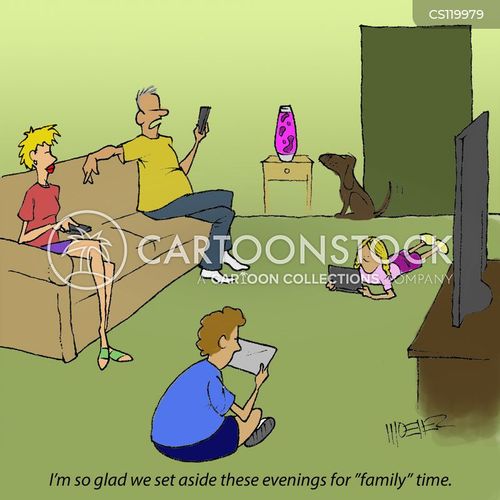This week’s reading was Pressed For Time by Judy Wajcman. My Critical Media Analysis is on the Introduction of this reading, in which Wajcman outlines the objectives of the chapters of her book. The focus of her study is to examine why we turn to digital devices to alleviate time pressure, and yet blame them for driving it. The key term from the Introduction that I chose is: the Time-Pressure Paradox.
Wajcman defines this paradox as: the lack of congruence between the amount of free, discretionary time available to us and our contemporary feelings of “harriedness.” She describes feeling “harried” as feeling time-squeezed or literally feeling pressed for time.
In the Introduction, Wajcman takes a look at how the common mentality about technology has always been that it will allow for more free and leisure time for the individual, however as technologies proliferate, we have come to find that we do not have more time to ourselves and in fact, many of us have less. She investigates why this is the case, and states that technology is too often seen as outside social relations when in fact, it plays a major role in shaping time in our everyday life. She concludes that if time cannot be separated from aspects of human life, then neither can technology which increasingly marks and shapes time for us.
These cartoons depict the issue that our society today has in dealing with the problem of time as it relates to technology:



These cartoons represent some of the ways in which we mistake free-time with time that is actually either still spent on technology, or not free at all. The first cartoon demonstrates something that a lot of us do when we go elsewhere to be away from work and technology, but really just end up in an alternate situation where we are still just as attached to our devices. The second cartoon mistakes family-time with time that family members actually just spend around one another, but consumed on their devices. The last cartoon illustrates the mistake of technology in thinking that it will make a task easier or less time consuming, when really the non-technological task still needs to be performed.
These short clips from this video also illustrate the concept of time and how it has not always been the same (0:07-1:23 and 2:35-3:15):
Wajcman explains that how much time one has and how it is apportioned can only be understood as a function of underlying social and economic patterns, and rather than time pressure being an individual phenomenon, she states that it is related to transformations in household composition and gender relations over the last few decades. She also mentions the term Social Determination and states that we need to remember that the social determination of time is built into our technology, just like the size of a screen or power of the processor. For example, fiber optic cables between cities are designed and improved in order to take less time to transfer messages. She brings up this term to recognize that time is already a factor when creating a piece of technology, and so we should not be mistaken to think that our free time is separate from the time we spend with technology because both are intertwined. Temporal demands are not inherent to technology, they are built into our devices by all-too-human schemes and desires.